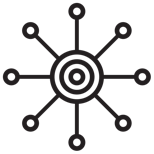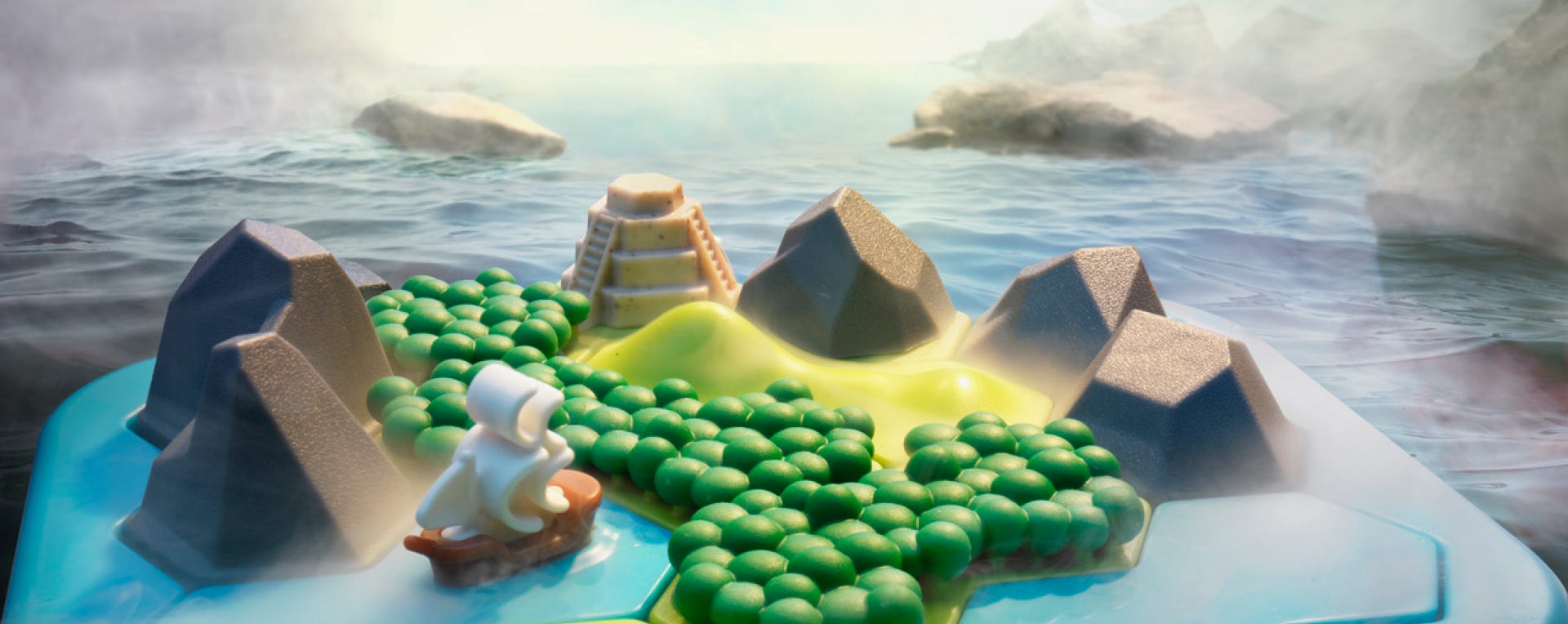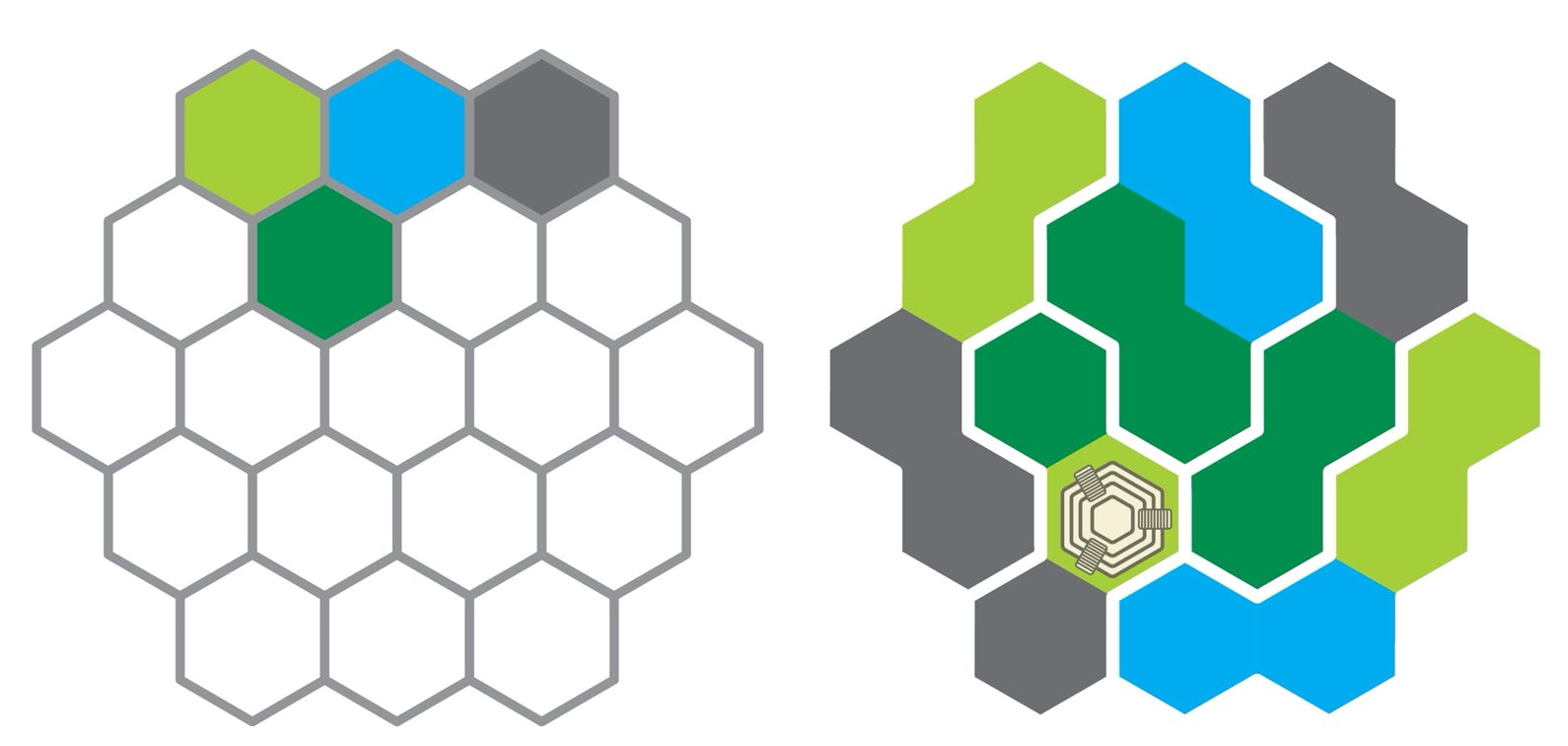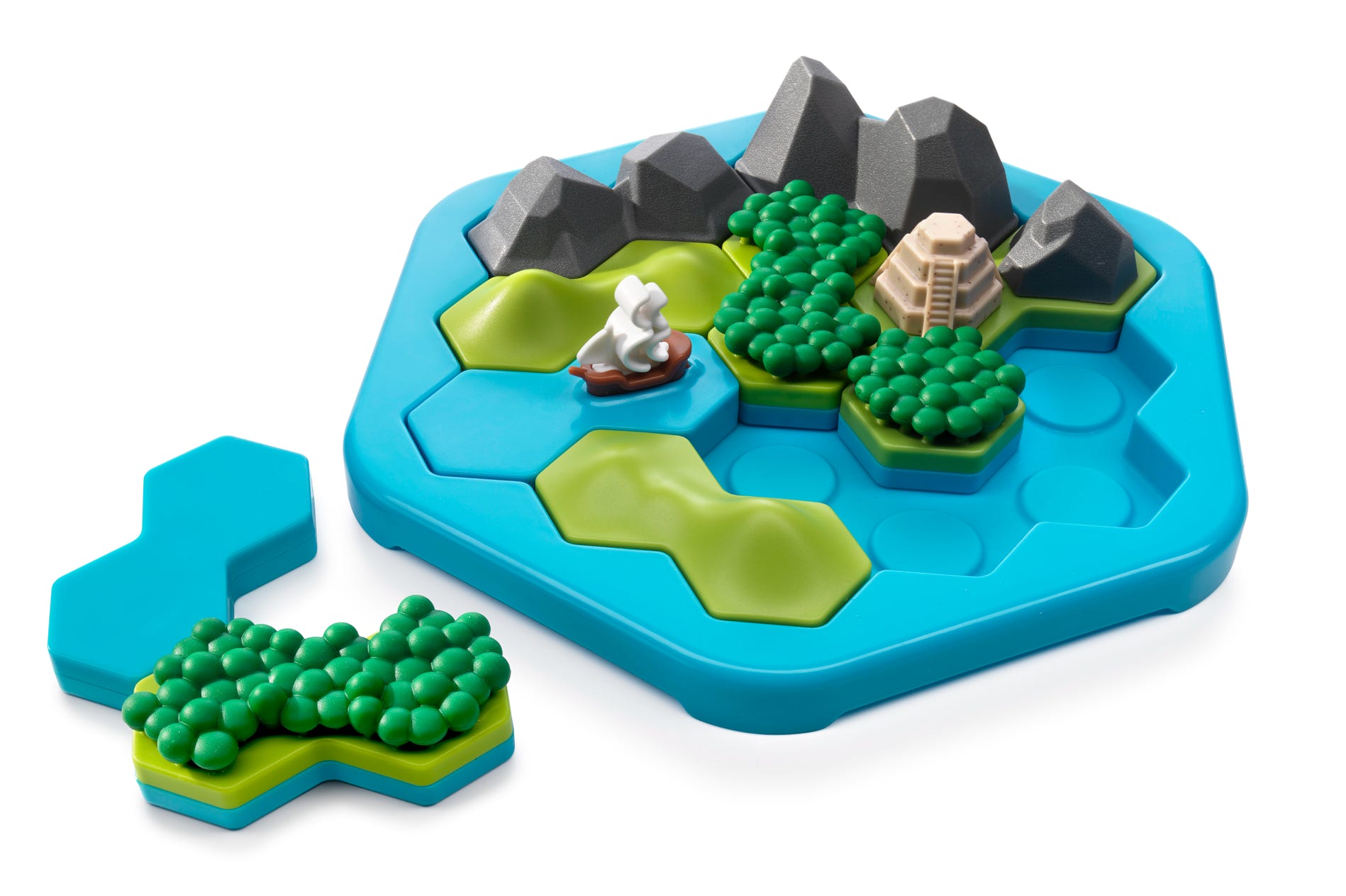
Treasure Island

The product development of Treasure Island (for SmartGames)
Raf Peeters, January 2022
When I design a puzzle game, I often do it for the kid inside me. They say that every man is a big child, but working as a toy designer I have the perfect excuse for that. And I am sure that if I was still young, I would have loved Treasure Island.
IT ALL STARTED WITH … DUCKS
Originally I didn’t start with an Island theme at all. I wanted to do something with the concept of Deducktion, a magnetic travel game I designed in 2015, that SmartGames stopped selling a few years ago. I liked the game mechanism of that game, because a few hints are enough to make the position of every duck unique in the solution. This is because each family (=color) of ducks can be considered as one big, flexible puzzle piece. Therefor you know that red duck number 2 will always be adjacent to red ducks number 1 and 3, etc. The only disadvantage of the original Deducktion game, was that one family of ducks was NOT a single piece, but was made of multiple, separate ducks.
With a 3 x 4 grid, the challenges of Deducktion were also a bit limited, which is fine for a magnetic travel game but not for a bigger and more expensive game. If I wanted to make the grid bigger, the number of loose parts would only increase. The solution for this problem, was to place two adjacent ducks of the same color on the same (longer) puzzle part. In every solution they would be adjacent anyway. That part would then be connected to another similar part for the rest of the duck family. The connection in-between would need to be flexible (rotatable), to keep all possibilities of separate ducks. For the connector I was thinking of using a rubber elastic band. Therefor puzzle pieces made of squares, like in the original Deducktion were not very practical. The elastic band needed to flex too much when you changed the shape. But pieces made of hexagons were a lot easier. The connection only needed to flex 1 mm to allow one part of the puzzle piece to rotate over the corner of the other part of the piece. Now the puzzle mechanism and challenges seemed to work, but the game didn’t look right. We placed 3D ducks on blue puzzle pieces, but the result was more an overcrowded pond and not the cute scene I had in mind. Since many years I wanted to do something with a treasure map, so we tried that. It immediately looked great, a bit like a small 3D version of Settlers of Catan, (although this puzzle has of course nothing to do with that board game). The hills and water parts were immediately OK, the mountains needed more work. We tried a volcano and mountains with snow, but we eventually settled with big rocks instead of real mountains. The forest pieces are made of TPR, with is soft and gives a nice touch to the game. To make sure the theme would make sense, I needed something to indicate the position of a treasure. We tried a maze and an ancient city, but those looked to tiny and detailed compared to everything else. Therefor we used a temple (again). It looks a bit like a Maya temple, except that it is hexagonal, to match the shape of the puzzle pieces. When we started, the game board was a bit smaller, because this game was intended to be a compact game. But everybody liked it so much that we decided to make it bigger. A second reason was that the connection between two parts was originally intended to be made of a rubber, elastic band. The initial prototypes had this rubber band and worked perfectly. But we were worried that this would become a weak point in the long run. Rubber has the tendency to become brittle with time. But the bigger the game board was, the stronger this band would be. After we finalized the size and design, we decided to change the connection after all. Although the look of the island and all challenges were finished early in the year, it took us another 3 to 4 months until we were satisfied with the design of this connector. In the final game, it’s a plastic part made of polyamide. The more common name is nylon. It’s very strong, that’s why it’s normally used for ship rope (and socks). The last thing we added was a boat with sails. It doesn’t have any function, except being pretty and to evoke the story of an adventure to find a lost treasure.

The four possible shapes of a puzzle piece of Treasure Island. When transforming, it either rotates over the the axis inside the green piece or the axis inside the blue piece.

Example of a STARTER challenge (left) and solution (right) of Treasure Island.

Example of a MASTER challenge (left) and solution (right) of Treasure Island.

GAME RULES TREASURE ISLAND
The object of Treasure Island is to discover the location of the secret temple with the. treasure, using the hints given in the challenge. The game includes 4 puzzle pieces with a unique shifting mechanism and a fixed piece with the temple.
1) Select a challenge. Each challenge shows a treasure map of the island that is divided into hexagons. These hexagons can be one of four terrains: water (blue), hills (light green), mountains (grey) or forests (dark green). The treasure map is often incomplete (white hexagons). Harder challenges show fewer hints about the locations of the different terrains.
2) Place the puzzle pieces on the game board so that the terrains shown in the challenge match the terrains on the puzzle pieces:
• If a hexagon is white in the challenge, you can choose which terrain you want to place there.
• The position of the Temple is never shown in a challenge, but some challenges will show an "empty" light green hexagon where this temple is!
• The position of the ship is never shown in a challenge either. Challenges will only show an "empty" blue hexagon instead.
• Shifting puzzle pieces can be transformed in 4 different shapes, by moving OR rotating the two parts of each puzzle piece against each other. The Temple piece cannot be altered.
• Shifting puzzle pieces have an opening on 2 sides for the connector between the parts. You can only change the shape of a puzzle piece when these openings face each other. HINT: before you start playing, try out the 4 different options for each puzzle piece. Each shiftable puzzle piece has different options.
3) When all puzzle pieces fit on the game board AND the terrains match what is shown in the challenge, you have found the solution...and the location of the treasure! There is only one solution for each challenge, which can be found at the end of the booklet.
Website ©2024 Raf Peeters
Products and images: © Smart